7. Navigating Castings and Auditions
Navigating the casting and audition process is a critical aspect of a modeling career. Successfully securing modeling jobs often hinges on how well you prepare for and perform during these opportunities. This section covers the essential steps to prepare for a casting call, tips for making a positive impression, and strategies for handling feedback during auditions.
Preparing for a Casting Call:
1. What to Bring
Preparation is key to a successful casting call. Knowing what to bring can set you apart from other models and help you make a strong impression. Essential items to include are:
- Portfolio: Your modeling portfolio is your visual resume and should showcase a range of your work. Include high-quality images that reflect your versatility, such as fashion shots, commercial looks, and any editorial work. Make sure the portfolio is organized, easy to navigate, and contains your best shots that highlight your unique style and abilities.
- Comp Card: A comp card, or composite card, is a crucial marketing tool for models. It typically includes your best headshot, full-body shot, and key information such as your measurements, contact details, and relevant experience. Having comp cards readily available to hand out can help casting directors remember you after the audition.
- Resume: While not always required, a modeling resume can complement your portfolio and comp card. Your resume should include a brief overview of your experience, any notable jobs or campaigns you’ve worked on, and relevant training or skills. Ensure that it is concise, well-organized, and formatted professionally.
2. Dressing Appropriately for Castings
Choosing the right outfit for a casting call is vital to making a positive impression. Your attire should complement the type of modeling for which you are auditioning while also allowing your personality to shine through. Here are some tips:
- Fit the Brief: If the casting call specifies a particular style or theme, dress accordingly. For example, if the audition is for a high-fashion runway show, opt for sleek, tailored pieces that showcase your physique. If it’s for a commercial gig, choose outfits that reflect a more casual or everyday look.
- Keep It Simple: While it’s essential to align with the casting brief, you should avoid overly busy patterns or bold colors that might distract from your overall appearance. Solid, neutral colors often work best, allowing your features and personality to take center stage.
- Consider Comfort: Ensure that your outfit is comfortable and allows you to move freely. You may be asked to pose or walk, and wearing something that feels good will help you project confidence. Also, consider appropriate footwear; if you’re auditioning for runway modeling, practice walking in heels to show your ability to carry yourself well.
3. Projecting Confidence and Professionalism
First impressions are crucial in the modeling industry. How you present yourself during a casting can significantly influence the decision-makers. To project confidence and professionalism, consider the following:
- Body Language: Stand tall, maintain an open posture, and make eye contact with the casting directors. Your body language can communicate confidence and poise. Avoid crossing your arms or fidgeting, as this may come off as nervousness.
- Attitude: Approach each casting with a positive, can-do attitude. Enthusiasm for the role and the opportunity can leave a lasting impression on casting directors. Be polite and respectful to everyone you meet, as you never know who might play a part in the decision-making process.
- Articulate Communication: When introducing yourself, speak clearly and confidently. Briefly mention your modeling experience and express your excitement about the opportunity. This will demonstrate your professionalism and readiness to engage with the team.
Handling Feedback During Auditions
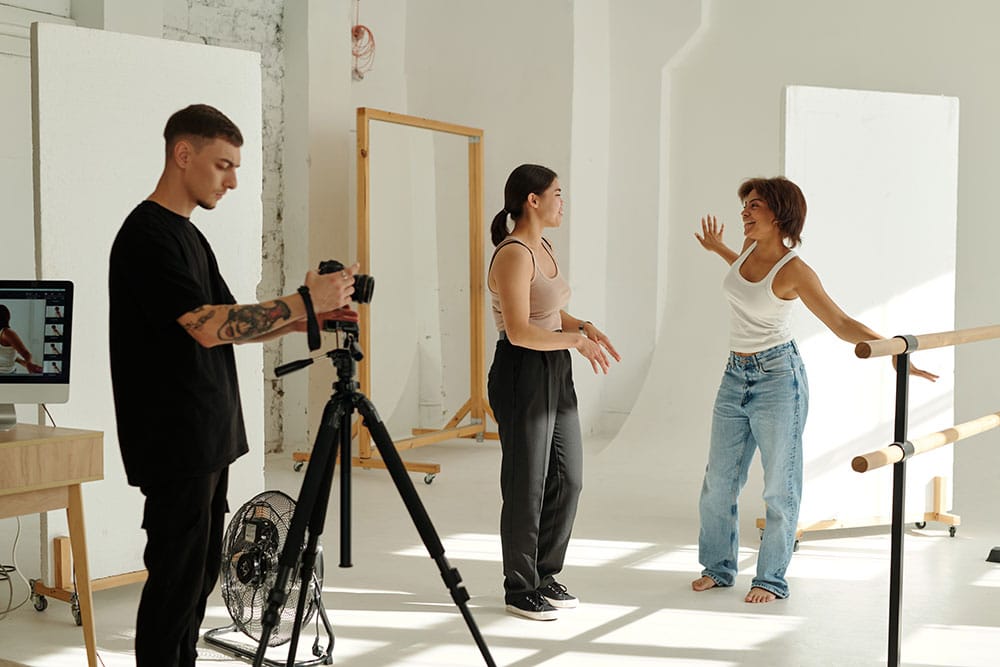
Receiving feedback during auditions is a normal part of the casting process. Understanding how to handle this feedback effectively can set you apart as a model. Here are some strategies:
- Stay Receptive: Approach feedback with an open mind. Casting directors often provide guidance to help you align with their vision. Listen attentively, and don’t be afraid to ask questions if you need clarification. This shows your willingness to learn and adapt.
- Avoid Taking Criticism Personally: Remember that feedback is not a reflection of your worth as a model. It is essential to separate your self-esteem from the critique you receive. Consider feedback as an opportunity for growth and improvement rather than as a personal attack.
- Implement Feedback: If time allows, be ready to demonstrate the adjustments suggested by the casting director. This adaptability can impress the decision-makers and demonstrate your professionalism. Even small changes can showcase your willingness to take direction and enhance your chances of securing the role.
In conclusion, navigating castings and auditions is a multifaceted process that requires preparation, confidence, and professionalism. By knowing what to bring, dressing appropriately, projecting a positive demeanor, and effectively handling feedback, models can enhance their chances of success in the competitive modeling industry. Each casting experience is an opportunity to refine your skills and build connections, ultimately paving the way for a thriving modeling career.
8. Modeling in Different Markets
The modeling industry is as diverse as it is dynamic, with various opportunities available across different markets. Understanding the nuances of these markets can help aspiring models expand their careers and adapt to the evolving landscape of the fashion and advertising industries. This section explores opportunities in international markets, the requirements for international contracts and visas, and emerging trends in modeling, including plus-size, body-positive, and niche markets.
Opportunities in International Markets:
1. Working Abroad and Adapting to Different Cultures
The global modeling industry offers exciting opportunities for models willing to work internationally. Many top modeling agencies and brands seek fresh talent from around the world, presenting a chance for models to expand their reach and gain valuable experience. However, working abroad requires flexibility and adaptability. Here are some considerations for models looking to break into international markets:
- Cultural Awareness: Each country has its unique cultural norms, beauty standards, and expectations in the modeling industry. Models must educate themselves about the cultural sensitivities of the market they are entering. This knowledge helps in tailoring their approach and fitting seamlessly into the local environment. For example, certain markets may prioritize specific body types or styles, so understanding these preferences can enhance a model’s employability.
- Language Skills: While English is widely spoken in the fashion industry, learning basic phrases in the local language can facilitate communication and help build rapport with local teams. Being able to converse, even at a basic level, shows respect for the culture and can set a model apart in a competitive environment.
- Networking Opportunities: Working in international markets also opens doors for networking with other models, photographers, stylists, and agents. Building relationships within the local industry can lead to future opportunities and collaborations. Models should take advantage of events, castings, and social gatherings to establish a network of contacts that can assist them in their careers.
2. Requirements for International Contracts and Visas

Models considering international opportunities must understand the legal and logistical aspects of working abroad. Securing the necessary contracts and visas is a crucial step in this process. Here are some key points to consider:
- Contracts: Before accepting any job offer, models should carefully review and understand the terms of the contract. International contracts may differ significantly from those in their home country, covering aspects such as payment terms, duration of employment, and exclusivity clauses. It’s advisable to consult with an agent or legal expert to ensure that the contract is fair and protects the model’s rights.
- Visa Requirements: Different countries have varying visa requirements for foreign workers, including models. It’s essential to research the specific visa needed for modeling work in the target country. Some countries offer special work visas for models, while others may require a more general work permit. Models should initiate the visa application process well in advance to account for any potential delays.
- Health and Safety Regulations: Some countries may have specific health and safety regulations that models need to comply with while working. Understanding these regulations is vital to ensure a safe and successful work experience abroad.
3. Emerging Trends in Modeling
As society evolves, so do the trends in the modeling industry. Increasingly, brands and agencies are recognizing the importance of diversity and representation in their marketing efforts. This shift has opened new doors for models across various demographics.
4. Plus-Size and Body-Positive Modeling
The rise of plus-size and body-positive modeling represents a significant change in the industry’s standards of beauty. This trend reflects a broader cultural movement towards inclusivity and acceptance of diverse body types. Here are some key points about this emerging market:
- Market Demand: Brands are increasingly catering to a broader audience by featuring models of varying sizes in their advertising campaigns. This shift is driven by consumer demand for representation and authenticity. Plus-size models have become an essential part of fashion shows, magazine covers, and commercial advertisements, signaling that beauty comes in all shapes and sizes.
- Empowerment and Advocacy: Plus-size and body-positive models often serve as advocates for body positivity, promoting self-acceptance and confidence. This message resonates with many consumers, allowing brands to connect on a more personal level with their audiences.
- Fashion Industry Changes: More designers are creating clothing lines that cater to plus-size individuals, leading to greater visibility and opportunities for models in this sector. Models who embrace body positivity can find a niche within this expanding market.
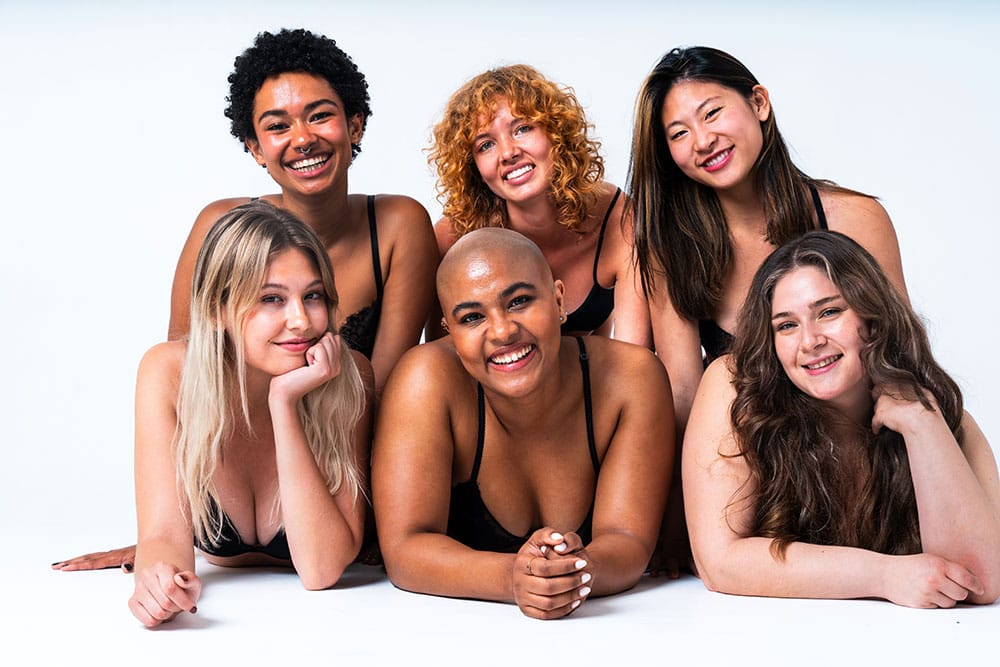
Niche Markets
Niche markets in modeling have gained traction as brands seek to target specific demographics and lifestyles. Examples of emerging niche markets include:
- Fitness Modeling: With the rise of health and wellness culture, fitness modeling has become increasingly popular. Brands promoting athletic wear, supplements, and fitness programs often seek models who embody a healthy lifestyle. This niche market not only emphasizes physical fitness but also promotes overall well-being, attracting audiences interested in health and exercise.
- Beauty and Lifestyle Modeling: As the beauty industry continues to evolve, there is a growing demand for models who can effectively represent various beauty products and lifestyles. This includes makeup, skincare, and haircare brands that prioritize diversity in their marketing efforts. Models in this space often collaborate with beauty influencers and brands to create authentic content that resonates with their target audience.
- Sustainable and Ethical Fashion: The demand for sustainable and ethically produced fashion is on the rise. Models who align with this ethos can find opportunities to work with brands committed to environmental and social responsibility. This trend not only benefits the planet but also allows models to be part of a movement that emphasizes conscious consumerism.
In conclusion, navigating different markets in modeling presents both opportunities and challenges. Models aspiring to work internationally must adapt to diverse cultures and understand the requirements for contracts and visas. Additionally, the emergence of plus-size, body-positive, and niche markets reflects the industry’s ongoing evolution towards inclusivity and representation. By staying informed about these trends, models can position themselves effectively and capitalize on the opportunities available in this dynamic industry.
9. Leveraging Social Media and Online Platforms
In today’s digital age, social media and online platforms have become essential tools for models looking to build their careers and promote their personal brand. With the ability to reach a global audience instantly, models can harness the power of these platforms to showcase their work, connect with industry professionals, and attract potential clients. This section explores how to effectively use social media and online platforms to elevate a modeling career, emphasizing the importance of promotion, engagement, and building an online portfolio.
Using Social Media to Promote Your Brand:
1. Platforms for Exposure
Social media platforms like Instagram, TikTok, and YouTube offer unique opportunities for models to gain exposure and establish their brand identity. Each platform has distinct characteristics that cater to different audiences:
- Instagram: Known for its visual nature, Instagram is a favorite among models. With features like Stories, Reels, and ITV, models can showcase their portfolios, share behind-the-scenes content, and highlight their personalities. Consistent posting and using relevant hashtags can significantly increase visibility. Collaborating with photographers, stylists, and other influencers can also enhance a model’s reach and credibility on the platform.
- TikTok: This rapidly growing platform allows models to create short, engaging videos that can go viral. TikTok’s algorithm favors creative and entertaining content, enabling models to showcase their skills, participate in trending challenges, or share tips related to fashion, beauty, and lifestyle. By leveraging the platform’s trends, models can attract a younger audience and expand their following.
- YouTube: As a long-form video platform, YouTube allows models to share in-depth content, such as vlogs, tutorials, and behind-the-scenes looks at their lives. Models can provide insights into their daily routines, share modeling tips, or document their journey in the industry. YouTube can be particularly effective for building a personal brand and establishing authority in specific niches.
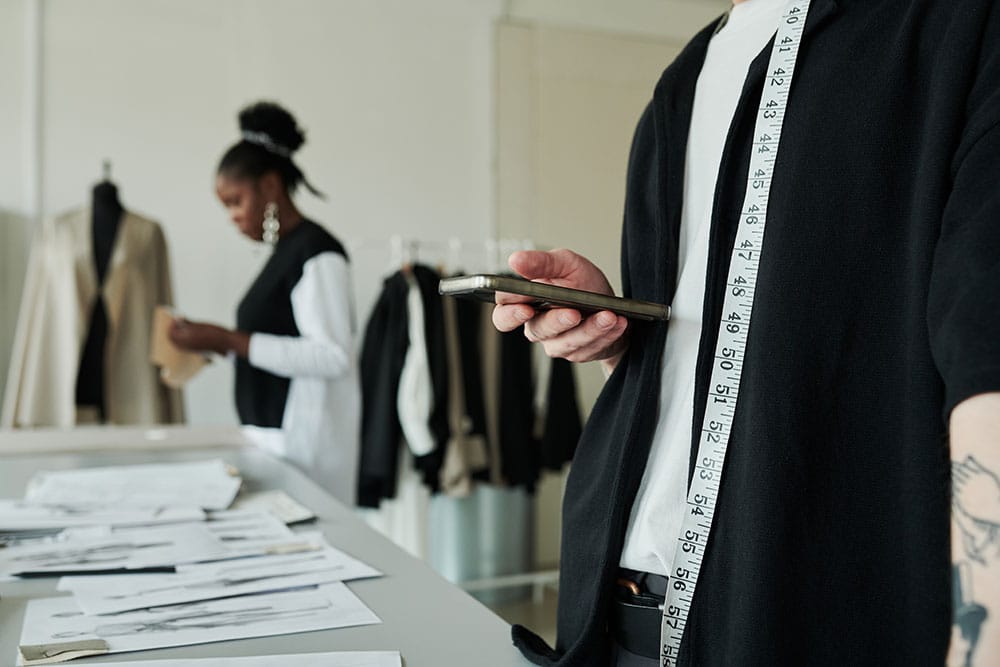
2. Engaging with Followers and Industry Professionals
Engagement is key to building a loyal following and fostering relationships within the industry. Models should actively interact with their followers by responding to comments, liking posts, and initiating conversations. Here are some effective strategies:
- Authenticity: Sharing personal stories and experiences can help models connect with their audience on a deeper level. Authenticity fosters trust and encourages followers to support a model’s journey.
- Networking: Models should not only engage with their followers but also connect with other industry professionals, such as photographers, stylists, and agents. By following and interacting with these individuals, models can create opportunities for collaborations and gain insights into the industry.
- Content Variety: To maintain engagement, models should diversify their content. This can include fashion tips, Q&A sessions, tutorials, or lifestyle content. Variety keeps the audience interested and encourages them to return for more.
Continue Reading:
How to Become a Model: A Step-by-Step Guide / Part 1
How to Become a Model: A Step-by-Step Guide / Part 2
How to Become a Model: A Step-by-Step Guide / Part 3
How to Become a Model: A Step-by-Step Guide / Part 4
How to Become a Model: A Step-by-Step Guide / Part 5
Written by: Beyza Cantürk
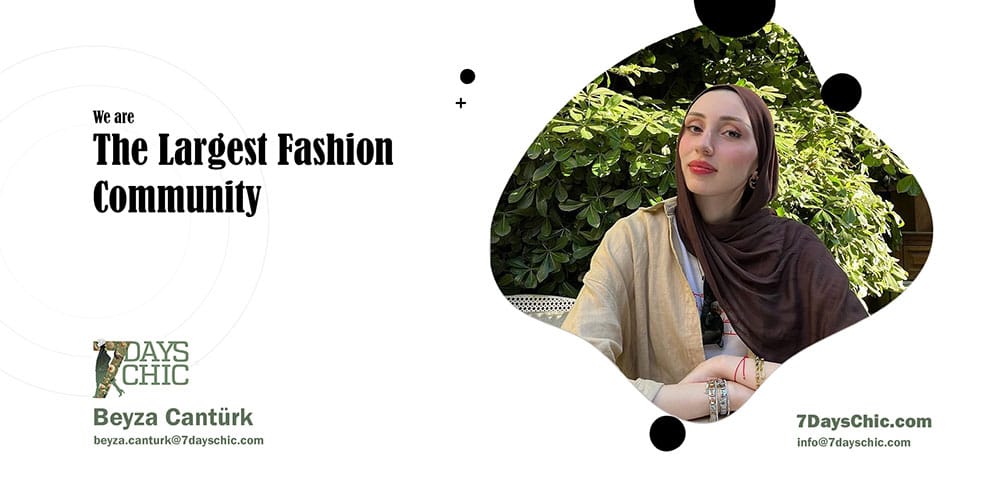


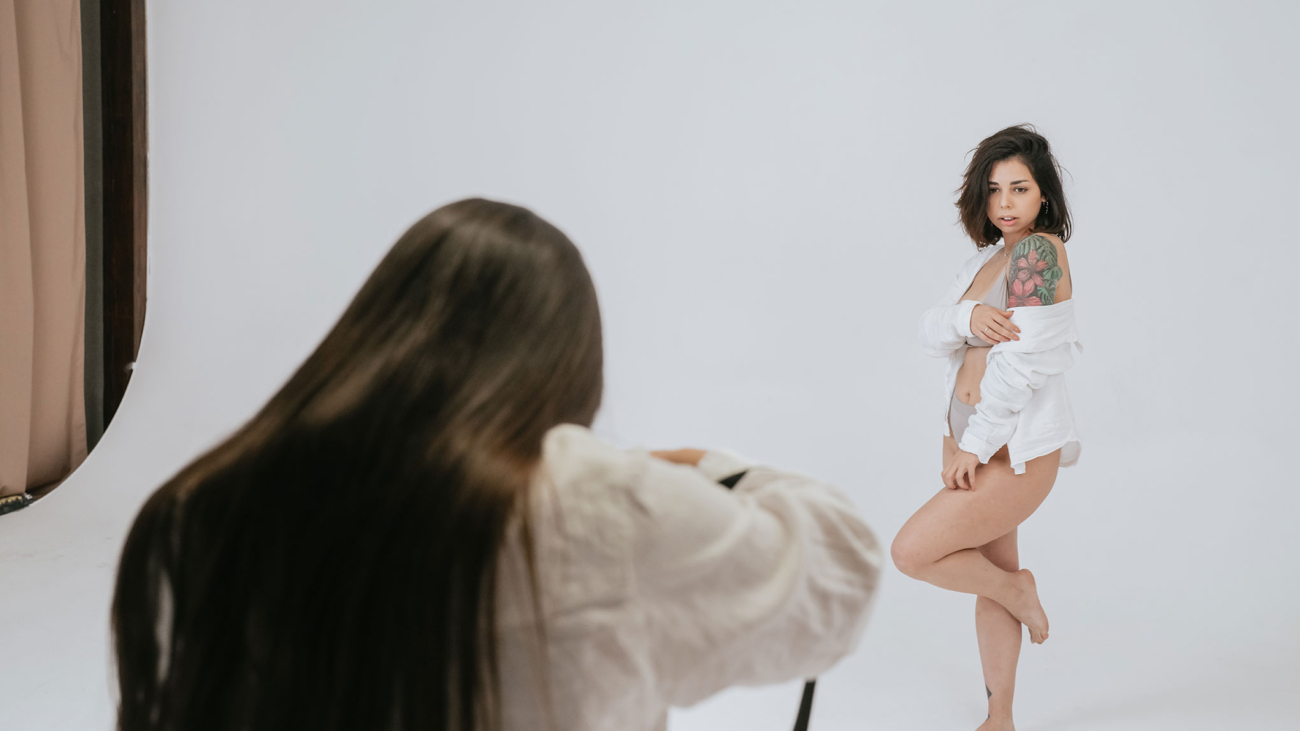
Add a Comment